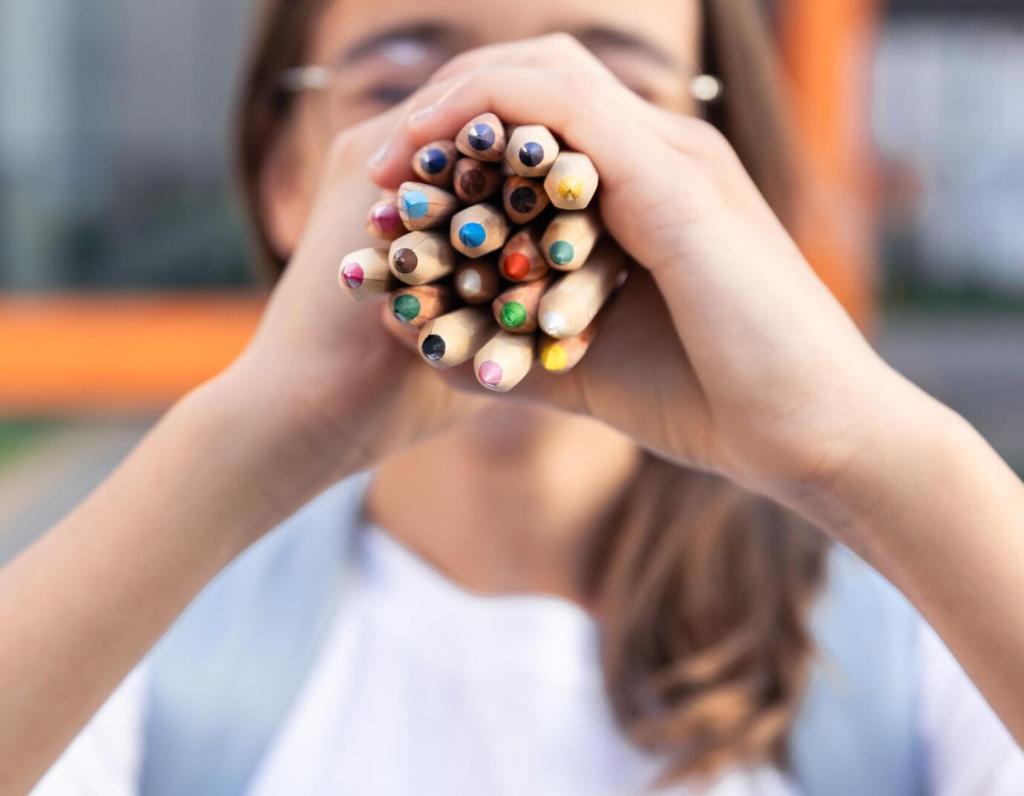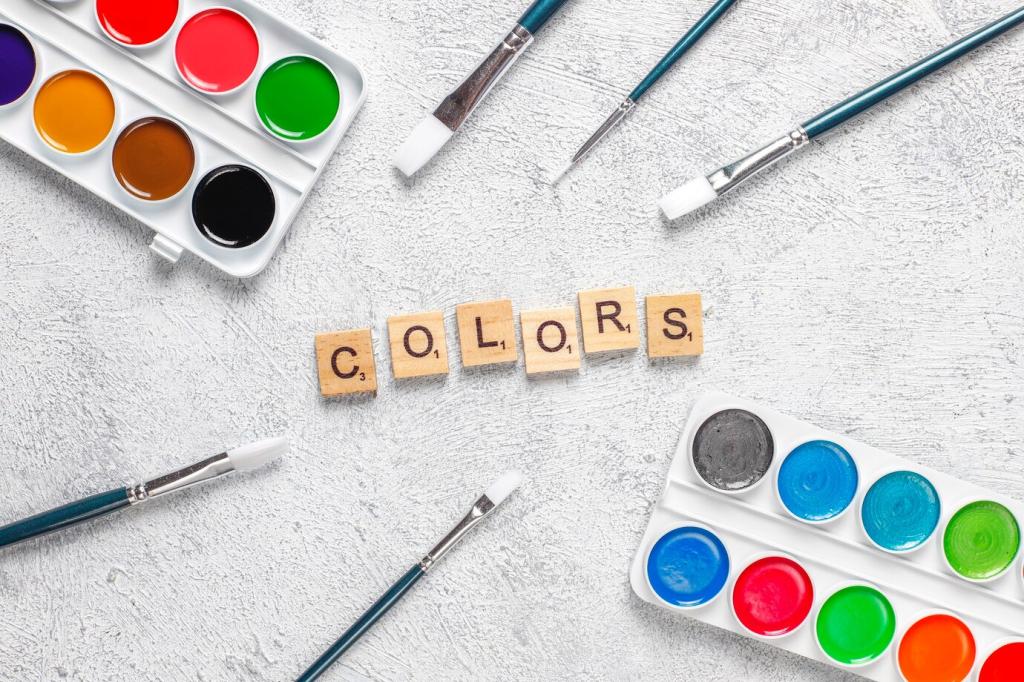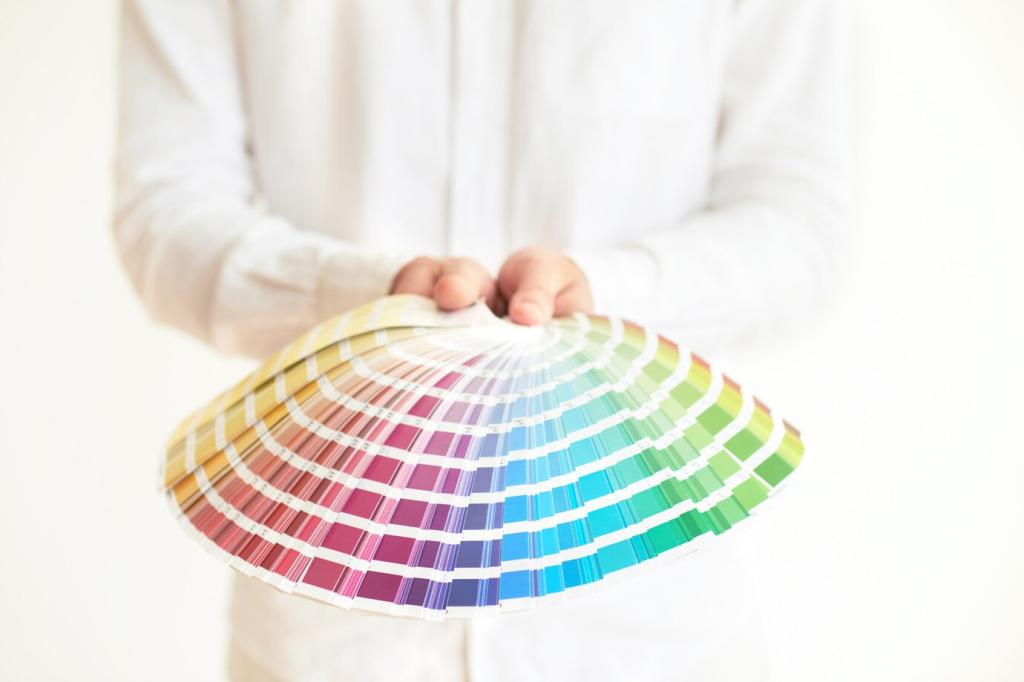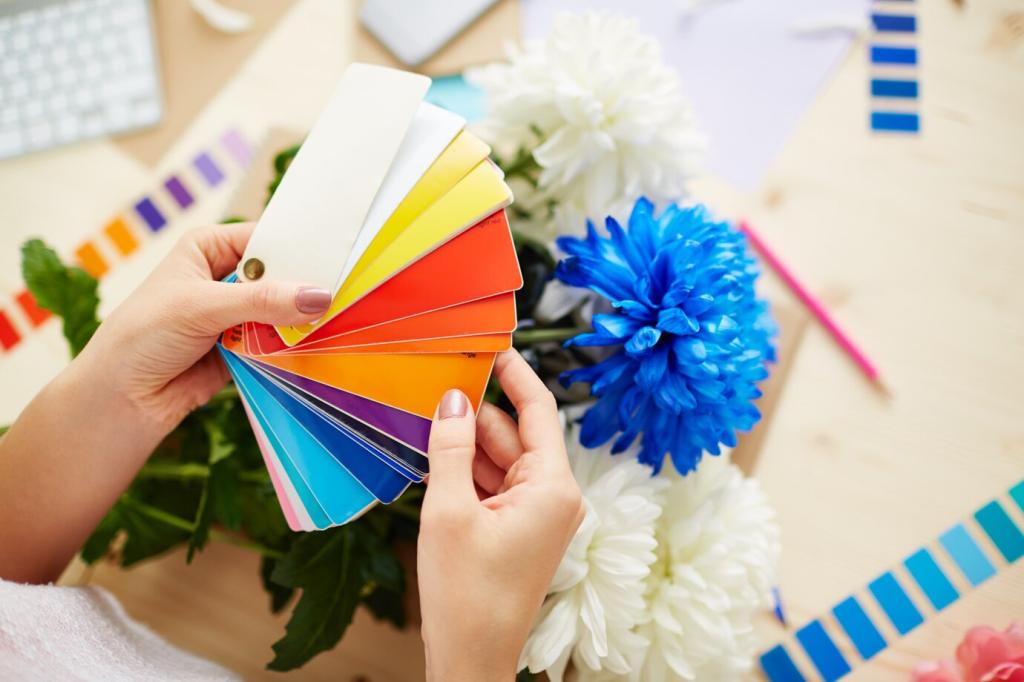Real-Home Story: A Studio Transformed with Sage and Terracotta
Gray-on-gray furniture felt flat under cool light. The owner reported spending evenings in bed instead of the living area. Friends described the place as tidy yet distant, like a waiting room. The space needed warmth without sacrificing calm.
Real-Home Story: A Studio Transformed with Sage and Terracotta
We introduced a sage loveseat, terracotta pouf, and cream storage bench. Paper swatches taped to drawers guided undertone selection over three days. A small brass lamp warmed reflective highlights. The owner journaled mood changes nightly, noting increased time spent reading.






